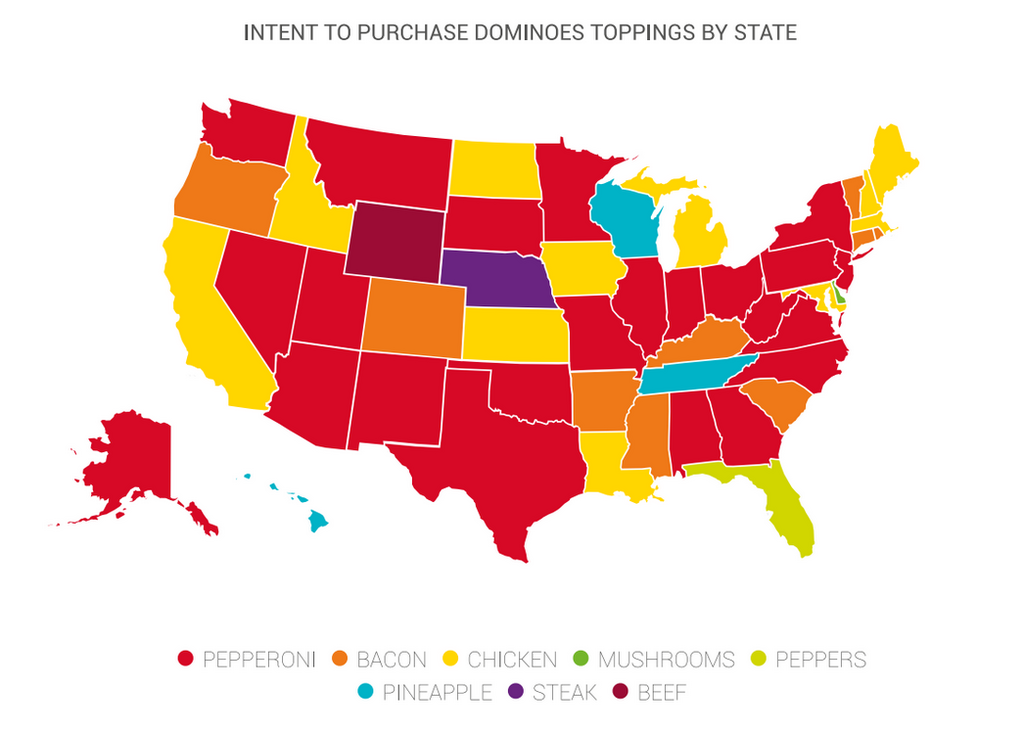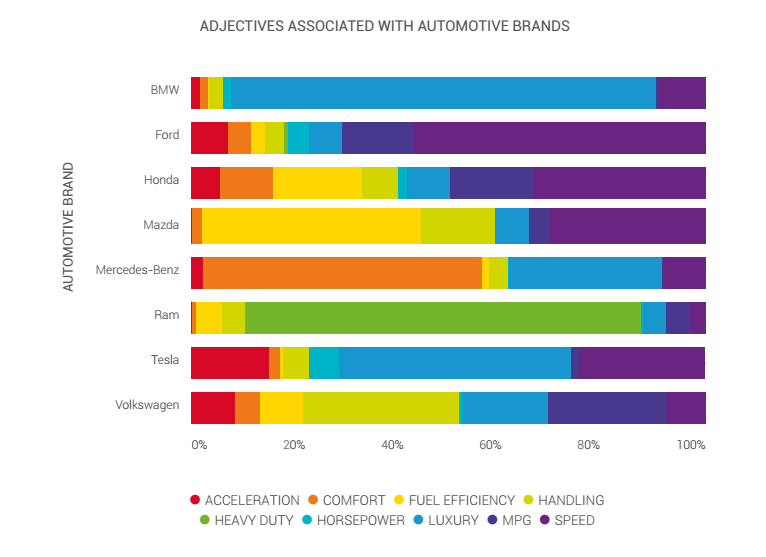20 Social Media Holidays to Celebrate This May
By Yasmin PierreApr 10
Unlock the secrets to staying ahead in the ever-evolving world of social media marketing.
Published November 21st 2016
The US Consumer Confidence Index is a barometer of consumer confidence.
It attempts to measure the degree of optimism on the state of the economy by surveying 5,000 households on their saving and spending activities. The index is issued every month by The Conference Board, an independent research organization.
The index looks at both current conditions and future projections. The Conference Board defines the Consumer Confidence Index as “a monthly report detailing consumer attitudes and buying intentions, with data available by age, income, and region”.
It struck me recently that consumer confidence can be gauged using social data, and I wondered if tapping into millions of online conversations might provide an alternative for the index.
While you cannot ask specific questions, you can write searches that reveal consumer attitudes and buying intentions, and are able to segment those answers by demographics, locations, and so on.

Social intelligence can unearth a variety of intent conversations. An intent query is a way to find mentions where people want to take an action. That could be buying something, canceling a subscription, going somewhere or doing something.
The Consumer Confidence Index monitors general, market-wide confidence. You can write a general, catch-all search to cover any variations of “I want to buy…” to mirror this. It is also possible to monitor an industry by listening to all brand names, or conversations around a product category.
Finally, brands can monitor the consumer confidence specific to them, helping to predict demand and analyze marketing campaigns.
To build a purchase intent search, you are trying to think of every way someone can say “I want to buy [brand/product]”. Start with personal pronouns: I, I’m, I’d, I’ve. Next, add in action terms: like, need, want, looking. Then the purchase terms: buy, get, order etc. Then add in the brand name.
Finally, you want to exclude the mentions of people saying they would never buy, or that want to “get rid of” or stores that are out of stock. In the below example I’m looking at purchase intent for Sony’s Playstation 4.

You can also add in your competitors to reveal comparative buyer intentions.
By adapting the above search to include Microsoft’s Xbox and Nintendo’s Wii U, the below graph charts the number of purchase intent mentions every day over the last two months.

The advantage of social intelligence data is that rather than asking the question now and again you can gauge the buyer intentions day by day.
Alternatively, you can monitor where the mentions are coming from using location data. This can reveal a more detailed picture, from country level, through state and city level, right down to street level.
In the below map, purchase intent mentions of Domino’s pizza, broken down by toppings, were mapped to each state to chart the most popular toppings for each state.

There are a number of ways to understand consumer attitudes on social media. The simplest is to search for all mentions of a product or brand and look at the overall sentiment of those conversations.
Again this can be tracked over time to uncover trends. You can dive into these charts to uncover the reasons behind the positive and negative sentiment. You can also look into the audience to identify whether there are negative or positive trends common to particular audience segments.

Another way to track this is to take a random sample of mentions and manually read through all of them. While reading through the data, mentions can be tagged with emotional responses or particular topics they reference. This can give more detail than positive/negative/neutral, helping to understand consumer perceptions around particular events.
The consumer confidence index monitors consumer attitudes, and social data can unearth attitudes in a couple of ways.
Brand associations can be measured by looking for mentions that contain the brand name and an adjective. Starting with all mentions of a brand or product, rules can be created to automatically categorize mentions that reference a certain trait or perception of that product or brand.
The below chart demonstrates this with mentions of car brands. BMW is associated with luxury, Mercedez Benz with comfort, and Ram with heavy duty.

Using a variety of techniques, social data can provide an understanding of consumer confidence in general, in a particular market, or for a particular brand.
The flexibility allows for a detailed understanding of confidence, measuring various aspects. It also allows for day-by-day measurement rather than a monthly picture. This can allow brands to take action when problems arise, providing a constant temperature check to monitor and build consumer confidence.
Offering up analysis and data on everything from the events of the day to the latest consumer trends. Subscribe to keep your finger on the world’s pulse.
Existing customer?Log in to access your existing Falcon products and data via the login menu on the top right of the page.New customer?You'll find the former Falcon products under 'Social Media Management' if you go to 'Our Suite' in the navigation.
Brandwatch acquired Paladin in March 2022. It's now called Influence, which is part of Brandwatch's Social Media Management solution.Want to access your Paladin account?Use the login menu at the top right corner.